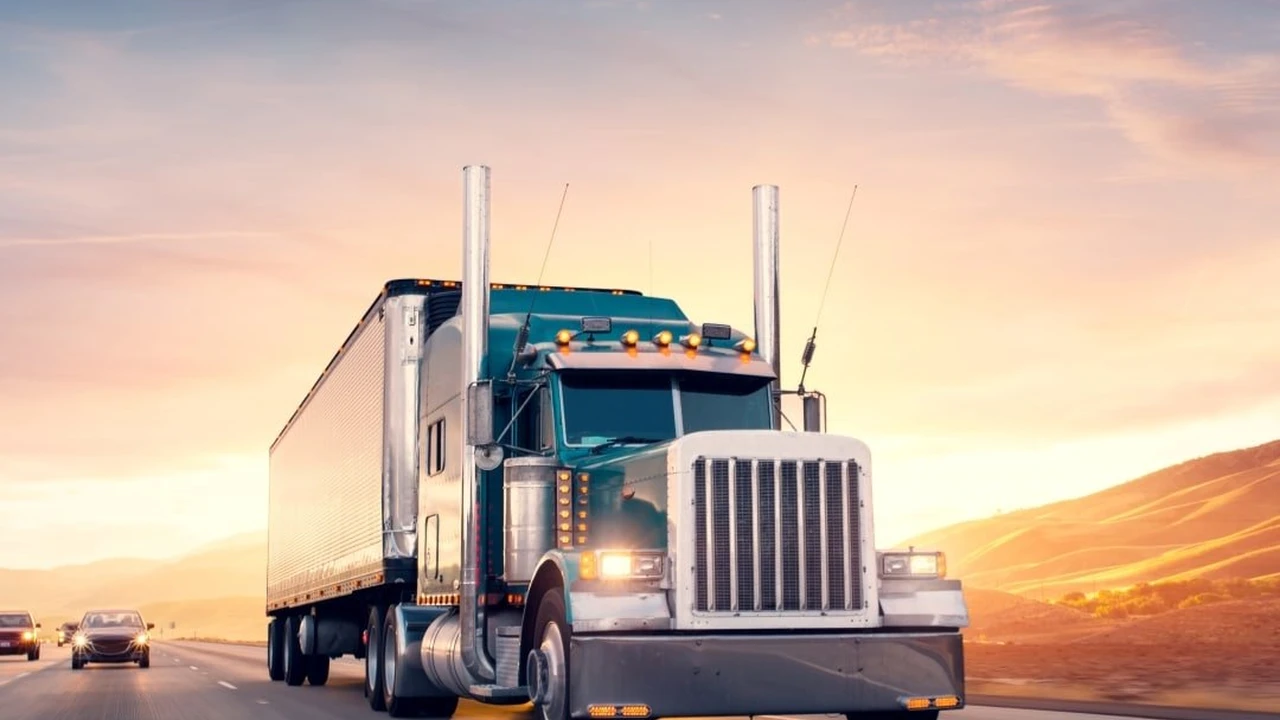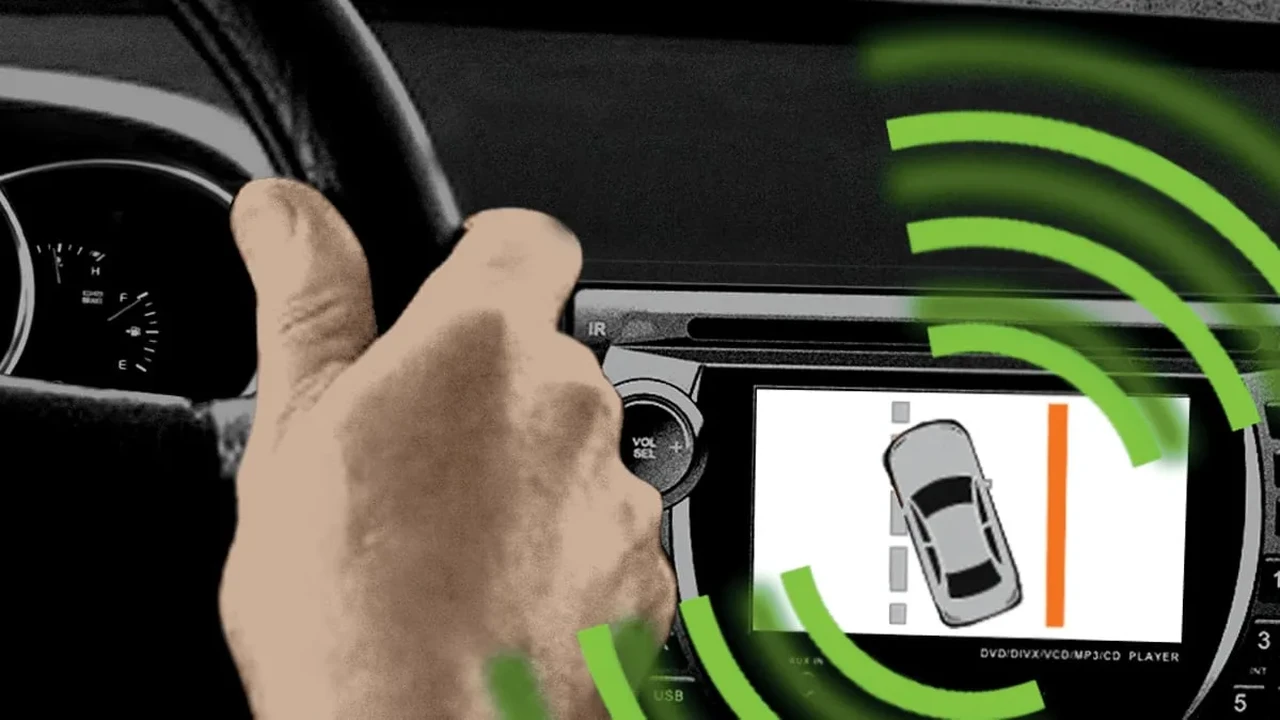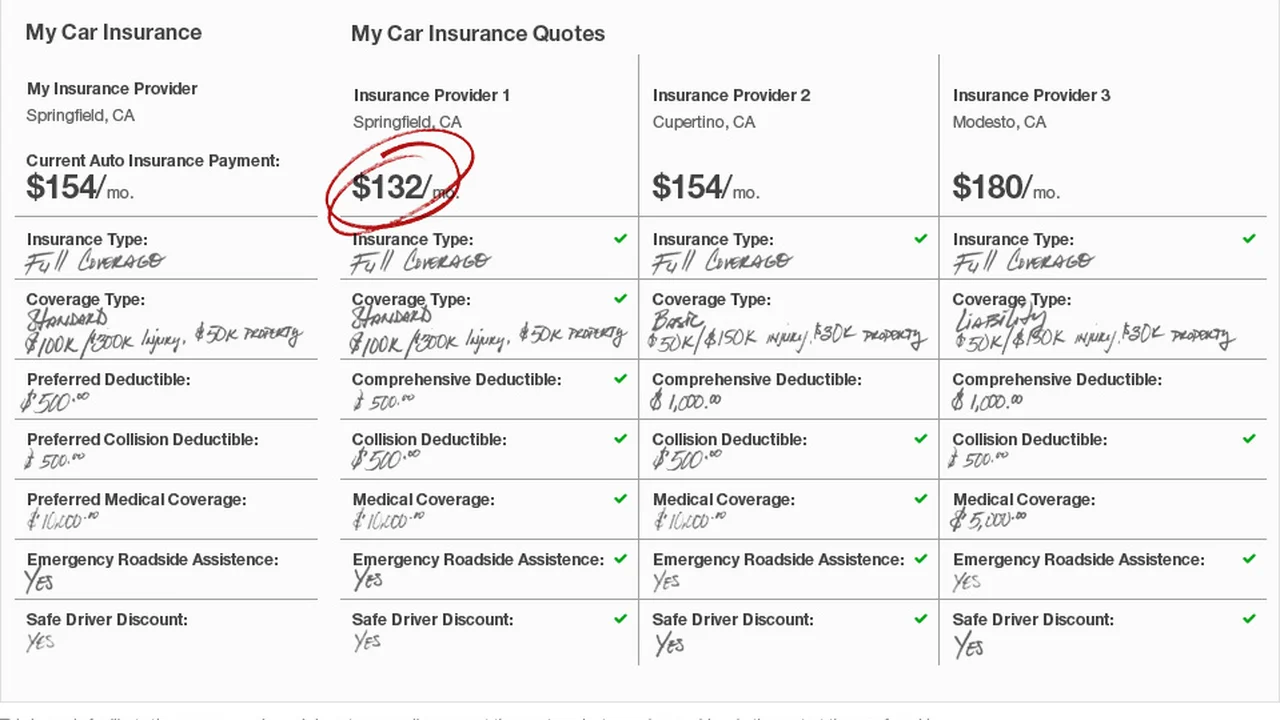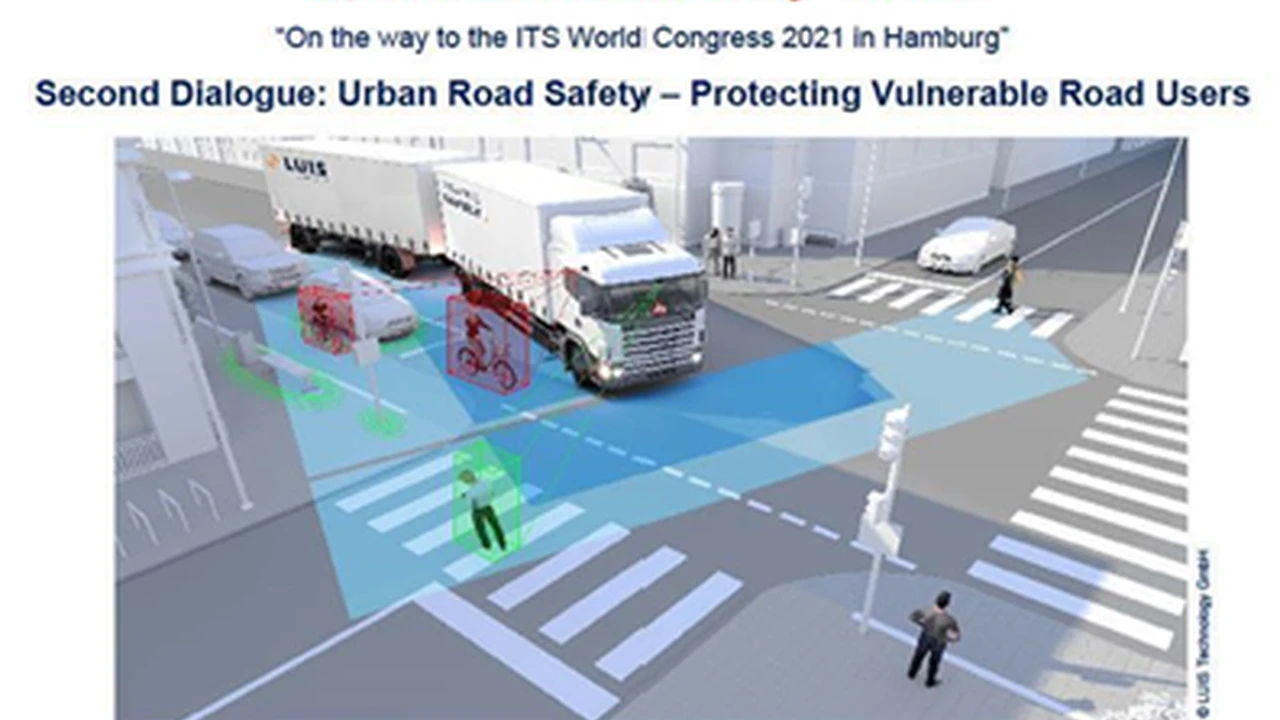Rollover Protection: How Cars Prevent Rollover Accidents
Sample meta description.
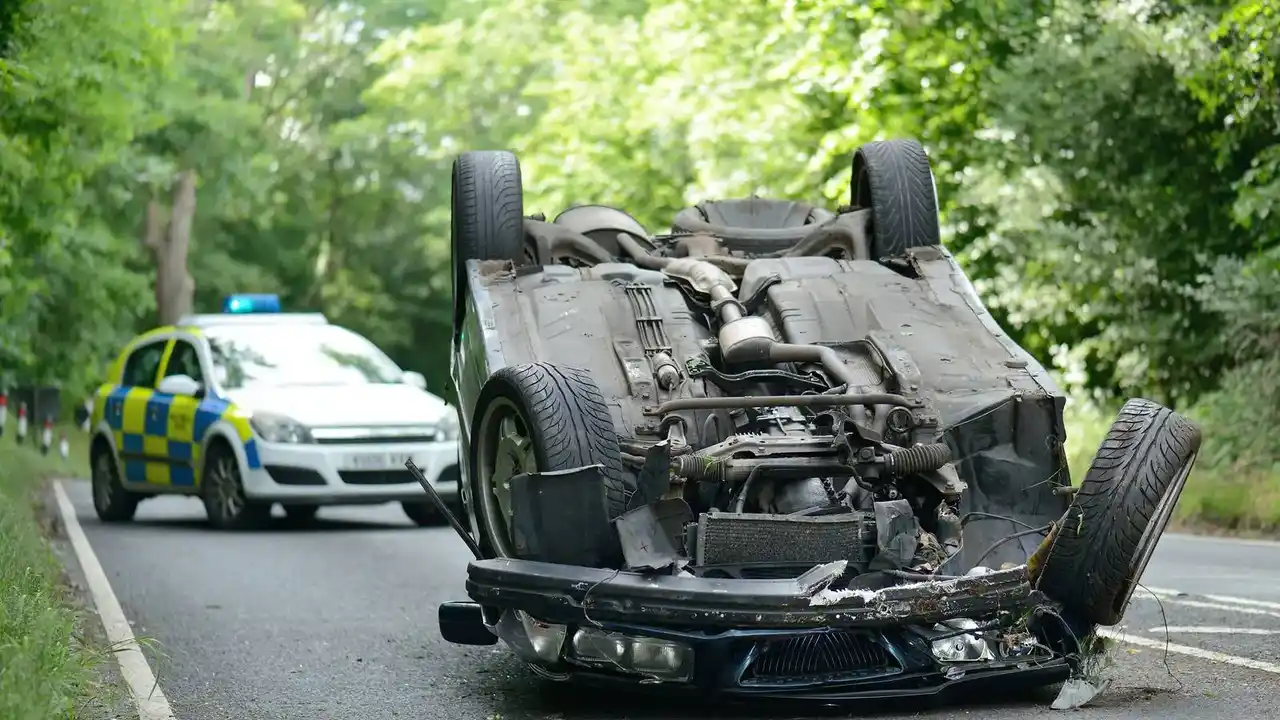
Understanding Rollover Accidents The Physics and Risks
Okay, let's talk rollovers. They're scary stuff. Basically, a rollover accident happens when a vehicle tips over onto its side or roof. This can happen for a bunch of reasons – sharp turns, hitting a curb, or even just driving on uneven terrain. The physics are pretty simple: when a vehicle's center of gravity shifts too far outside its wheelbase, gravity takes over, and *bam*, you're rolling. The risks are significant. We're talking serious injuries, like head trauma, spinal cord injuries, and even fatalities. Rollovers are statistically less frequent than other types of accidents, but they account for a disproportionately high percentage of fatal crashes, especially in SUVs and trucks.
Vehicle Design Features That Enhance Rollover Protection
So, how do car manufacturers try to prevent these things? Well, a lot of it comes down to vehicle design. Let's break down some key features:
Electronic Stability Control (ESC): Your Digital Guardian Against Rollovers
ESC is like a super-smart autopilot for your car. It uses sensors to monitor the vehicle's direction and yaw rate (how much it's spinning). If it detects that the car is starting to skid or lose control, it automatically applies brakes to individual wheels to help steer the car back on course. This is HUGE for preventing rollovers because it can correct oversteering or understeering situations that might otherwise lead to a tip-over. ESC is now standard on most new vehicles, and it's considered one of the most important safety advancements in recent decades.
Lower Center of Gravity: Keeping Things Grounded
Think of a tall, skinny glass versus a short, wide one. The short, wide one is much harder to tip over, right? Same principle applies to cars. Vehicles with a lower center of gravity are inherently more stable and less prone to rolling over. That's why sports cars and sedans generally have lower rollover rates than SUVs and trucks. Manufacturers are constantly working on ways to lower the center of gravity in all types of vehicles, like placing the engine lower in the chassis and using lighter materials in the upper body.
Wider Wheelbase: A Sturdier Foundation for Stability
A wider wheelbase – the distance between the front and rear wheels – also contributes to stability. A wider stance makes the vehicle less likely to tip over, especially during sharp turns or evasive maneuvers. This is why you often see off-road vehicles with wider wheelbases – it helps them maintain stability on uneven terrain.
Advanced Suspension Systems: Smooth Ride, Safer Handling
Suspension systems play a critical role in rollover prevention by controlling body roll and keeping the tires in contact with the road. Features like anti-roll bars (also known as sway bars) help to resist body lean during turns, reducing the risk of a rollover. Adaptive suspension systems can even adjust the damping force of the shocks in real-time, based on driving conditions, further enhancing stability.
Reinforced Roof Structures: Protecting Occupants in a Rollover
Even with all these preventative measures, rollovers can still happen. That's where reinforced roof structures come in. These structures are designed to withstand the force of a rollover and prevent the roof from collapsing, which can significantly reduce the risk of serious injury to the occupants. Modern vehicles undergo rigorous roof crush testing to ensure they meet safety standards.
Specific Products and Technologies for Enhanced Rollover Safety
Let's get into some specific examples of products and technologies that are making a real difference in rollover safety:
The Volvo XC90: A Benchmark in Rollover Protection
Volvo has always been a leader in safety, and the XC90 is a prime example. It features a robust safety cage constructed from high-strength steel, as well as a rollover protection system (ROPS) that includes sensors that detect when a rollover is imminent. The ROPS then activates the seatbelt pretensioners to tighten the belts and deploy the side curtain airbags to provide maximum protection to the occupants. The XC90 also has a low center of gravity for an SUV, which contributes to its excellent rollover rating. Expect to pay around $50,000 - $70,000 for a new XC90, depending on the trim level and options.
The Subaru Forester: All-Wheel Drive and Stability in All Conditions
The Subaru Forester is another excellent choice for rollover safety, particularly if you live in an area with challenging weather conditions. Its symmetrical all-wheel-drive system provides superior traction and stability, while its standard electronic stability control system helps to prevent skidding and rollovers. The Forester also has a reinforced roof structure and a driver's knee airbag, which can help to reduce the risk of leg injuries in a crash. A new Forester typically ranges from $27,000 - $37,000.
Aftermarket Anti-Roll Bars: Upgrading Your Existing Vehicle
If you're looking to improve the rollover resistance of an older vehicle, consider installing aftermarket anti-roll bars. These bars can significantly reduce body roll during turns, making the vehicle more stable and less likely to tip over. Companies like Eibach and Whiteline offer a wide range of anti-roll bars for various makes and models. The cost can vary depending on the vehicle, but expect to pay anywhere from $200 to $500 for a set of anti-roll bars, plus installation.
Air Suspension Systems: Adjusting Ride Height for Optimal Stability
Air suspension systems allow you to adjust the ride height of your vehicle, which can be beneficial for rollover safety. Lowering the ride height reduces the center of gravity, making the vehicle more stable. Air suspension systems are often found on luxury SUVs and trucks. Brands like Arnott and Air Lift Performance offer aftermarket air suspension kits. These can be a more significant investment, ranging from $1,000 to $5,000 depending on the complexity and features.
Comparing Rollover Safety Features and Vehicle Options
When choosing a vehicle with rollover safety in mind, it's important to compare different models and their features. Here's a quick comparison:
- SUVs vs. Sedans: Sedans generally have lower rollover rates due to their lower center of gravity. However, modern SUVs with advanced safety features can be just as safe.
- All-Wheel Drive vs. Two-Wheel Drive: All-wheel drive provides better traction and stability in slippery conditions, which can help to prevent rollovers.
- Electronic Stability Control (ESC): Make sure the vehicle has ESC as standard equipment.
- Roof Strength: Check the vehicle's roof strength rating from the IIHS (Insurance Institute for Highway Safety).
Real-World Scenarios and Rollover Prevention Strategies
Okay, so you know about the tech and the design. But how does this all translate into real-world driving situations? Let's break it down:
Avoiding Rollovers in Off-Road Situations: Terrain Awareness is Key
Off-roading presents unique challenges when it comes to rollover prevention. Driving on uneven terrain can easily shift the vehicle's center of gravity, increasing the risk of a tip-over. Here are some tips for staying safe:
- Scout the terrain: Before tackling a challenging obstacle, take a moment to assess the situation. Look for potential hazards like rocks, ruts, and steep inclines.
- Maintain a slow and steady speed: Avoid sudden acceleration or braking, which can upset the vehicle's balance.
- Use a spotter: If possible, have someone outside the vehicle guide you through difficult sections.
- Engage four-wheel drive: If your vehicle has four-wheel drive, engage it for maximum traction and control.
Safe Driving Practices to Minimize Rollover Risk on Highways
Even on paved roads, rollovers can occur. Here's how to minimize your risk:
- Avoid distracted driving: Pay attention to the road and your surroundings.
- Maintain a safe following distance: Give yourself plenty of space to react to unexpected situations.
- Avoid sharp turns and sudden lane changes: These maneuvers can increase the risk of a rollover, especially at high speeds.
- Don't overload your vehicle: Overloading can raise the center of gravity and make the vehicle less stable.
The Importance of Tire Maintenance in Preventing Rollovers
Proper tire maintenance is often overlooked, but it's crucial for rollover safety. Here's why:
- Maintain proper tire pressure: Underinflated tires can increase the risk of a rollover, especially in SUVs.
- Check tire tread: Worn tires provide less traction and can make it harder to control the vehicle.
- Rotate your tires: Regular tire rotation ensures even wear and prolongs the life of your tires.
The Future of Rollover Protection: Emerging Technologies
The automotive industry is constantly developing new technologies to further enhance rollover protection. Here are a few emerging trends:
Active Roll Control Systems: Predicting and Preventing Rollovers in Real-Time
Active roll control systems use sensors and actuators to actively counteract body roll during turns. These systems can anticipate a rollover and take corrective action before it happens, further enhancing stability.
Advanced Driver-Assistance Systems (ADAS): The Next Level of Rollover Prevention
ADAS technologies like lane departure warning, lane keeping assist, and automatic emergency braking can help to prevent accidents that might lead to rollovers. These systems use cameras and sensors to monitor the vehicle's surroundings and provide warnings or take corrective action if necessary.
Vehicle-to-Vehicle (V2V) Communication: A Connected Future for Safer Driving
V2V communication allows vehicles to communicate with each other, sharing information about their speed, location, and direction. This technology can help to prevent accidents by providing drivers with early warnings about potential hazards.
:max_bytes(150000):strip_icc()/277019-baked-pork-chops-with-cream-of-mushroom-soup-DDMFS-beauty-4x3-BG-7505-5762b731cf30447d9cbbbbbf387beafa.jpg)



